Refine search
Actions for selected content:
48284 results in Computer Science
Special issue on visual representations and reasoning
-
- Journal:
- The Knowledge Engineering Review / Volume 28 / Issue 3 / September 2013
- Published online by Cambridge University Press:
- 06 August 2013, pp. 231-236
-
- Article
- Export citation
ROB volume 31 issue 6 Cover and Front matter
-
- Article
-
- You have access
- Export citation
ROB volume 31 issue 6 Cover and Back matter
-
- Article
-
- You have access
- Export citation
Parsing pictures: on analyzing the content of images in science
-
- Journal:
- The Knowledge Engineering Review / Volume 28 / Issue 3 / September 2013
- Published online by Cambridge University Press:
- 05 August 2013, pp. 327-345
-
- Article
- Export citation
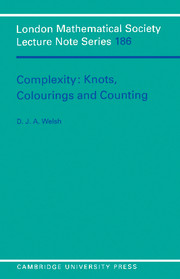
Complexity: Knots, Colourings and Countings
-
- Published online:
- 05 August 2013
- Print publication:
- 12 August 1993
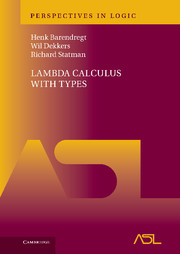
Lambda Calculus with Types
-
- Published online:
- 05 August 2013
- Print publication:
- 20 June 2013
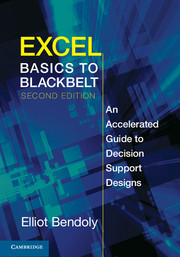
Excel Basics to Blackbelt
- An Accelerated Guide to Decision Support Designs
-
- Published online:
- 05 August 2013
- Print publication:
- 29 July 2013
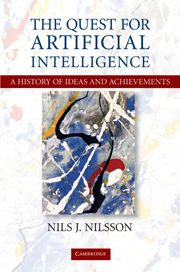
The Quest for Artificial Intelligence
-
- Published online:
- 05 August 2013
- Print publication:
- 30 October 2009
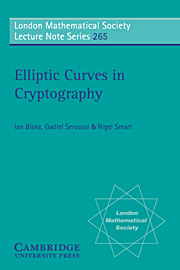
Elliptic Curves in Cryptography
-
- Published online:
- 05 August 2013
- Print publication:
- 08 July 1999
Computing Borcherds products
- Part of
-
- Journal:
- LMS Journal of Computation and Mathematics / Volume 16 / October 2013
- Published online by Cambridge University Press:
- 01 August 2013, pp. 200-215
-
- Article
-
- You have access
- Export citation
On level one cuspidal Bianchi modular forms
- Part of
-
- Journal:
- LMS Journal of Computation and Mathematics / Volume 16 / October 2013
- Published online by Cambridge University Press:
- 01 August 2013, pp. 187-199
-
- Article
-
- You have access
- Export citation
Single-class genera of positive integral lattices
- Part of
-
- Journal:
- LMS Journal of Computation and Mathematics / Volume 16 / October 2013
- Published online by Cambridge University Press:
- 01 August 2013, pp. 172-186
-
- Article
-
- You have access
- Export citation



